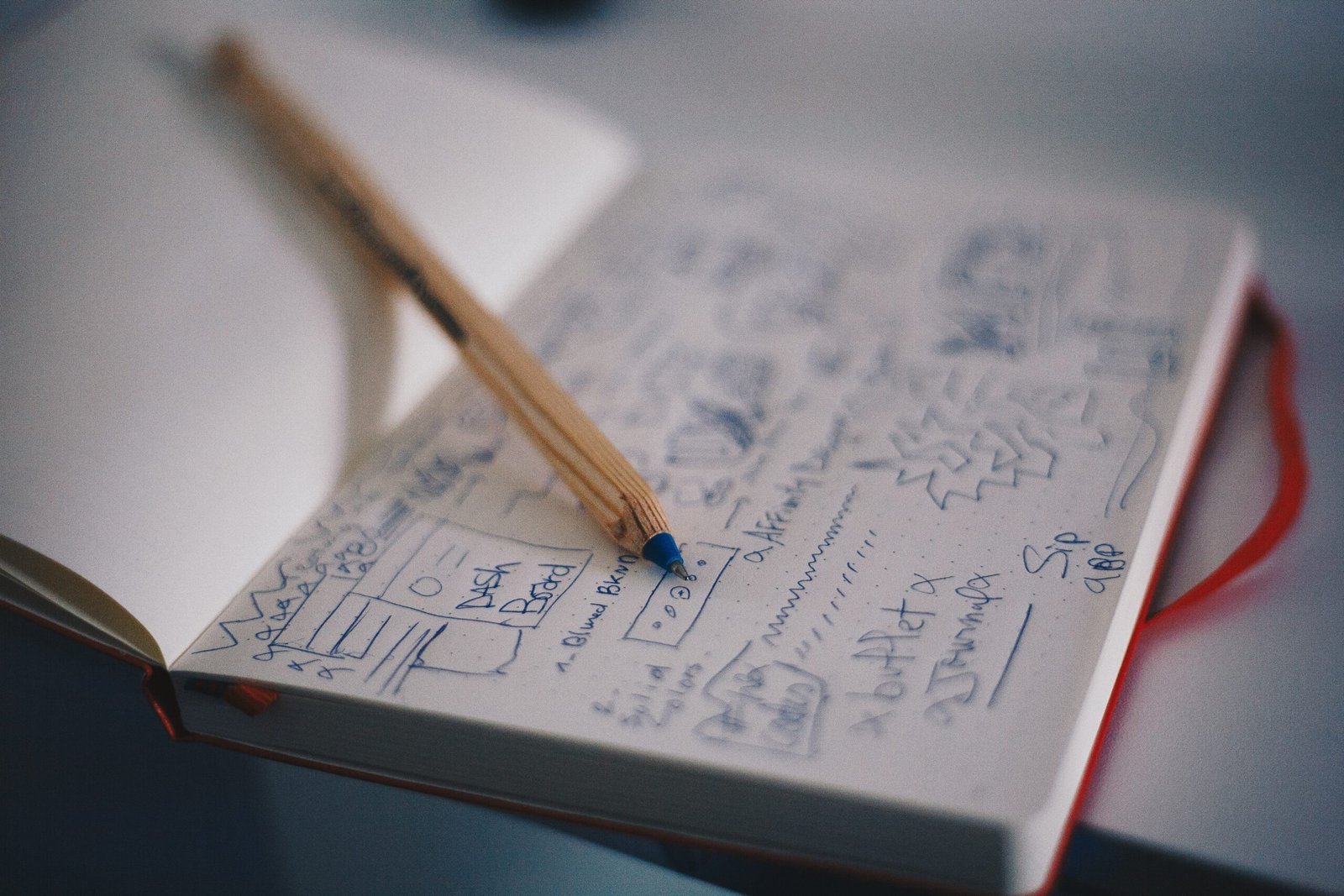 Introduction:
Introduction:
Design is an integral part of our daily lives, influencing everything from the products we use to the spaces we inhabit. In contemporary contexts, the importance of design cannot be overstated. It is not just about aesthetics; design has the power to shape experiences, evoke emotions, and solve complex problems. In this article, we will delve into various aspects of design, including current trends, best practices, and creative insights, to highlight its significance in today’s world.
Visual Design Principles:
Visual design is the cornerstone of any successful design project. It encompasses elements such as color, typography, layout, and imagery. By understanding and applying visual design principles, designers can create compelling and impactful visuals that communicate effectively with their target audience. From the use of whitespace to the implementation of hierarchy, every decision made in visual design should serve a purpose and enhance the overall user experience.
User Experience Considerations:
Design is not just about making things look good; it is about creating meaningful and intuitive user experiences. User experience (UX) design focuses on understanding the needs and expectations of users and designing products or services that meet those needs. This involves conducting user research, creating user personas, and designing user interfaces that are easy to navigate and visually appealing. By prioritizing UX, designers can ensure that their creations are not only visually pleasing but also functional and user-friendly.
Sustainability in Design:
In today’s environmentally conscious world, sustainability is a key consideration in design. Designers have a responsibility to minimize the negative impact of their creations on the environment. This can be achieved through the use of eco-friendly materials, energy-efficient designs, and sustainable production processes. By incorporating sustainable practices into their design process, designers can contribute to a more sustainable future and inspire others to do the same.
The Impact of Design in Different Industries:
Design plays a crucial role in various industries, ranging from technology and fashion to healthcare and architecture. In the technology industry, for example, user-centered design has revolutionized the way we interact with digital products. In the fashion industry, design is not just about aesthetics but also about expressing individuality and creating a unique brand identity. In healthcare, design thinking is being used to improve patient experiences and streamline processes. The impact of design is far-reaching and can be seen in every aspect of our lives.
Practical Examples and Case Studies:
To illustrate the power of design, let’s explore some practical examples and case studies. One notable example is the redesign of the Airbnb website and app. By focusing on user experience and incorporating visually pleasing design elements, Airbnb was able to enhance the booking experience for its users and increase customer satisfaction. Another case study is the sustainable packaging design by the brand Patagonia. By using recycled materials and minimalistic designs, Patagonia not only reduced waste but also created a strong brand image centered around sustainability.
Actionable Advice for Readers:
To inspire readers and help them understand the significance of effective design in their everyday lives, here are some actionable advice. Firstly, pay attention to the design details in your surroundings and analyze how they make you feel. This will help you develop a critical eye for design and appreciate its impact. Secondly, embrace simplicity in your own design projects. Often, less is more, and by removing unnecessary elements, you can create designs that are clean, elegant, and user-friendly. Lastly, stay updated with current design trends and best practices. The design industry is constantly evolving, and by staying informed, you can ensure that your designs remain relevant and impactful.
Conclusion:
Design is a powerful tool that shapes the world around us. From visual design principles to user experience considerations, sustainability, and its impact in different industries, design influences our everyday experiences in countless ways. By understanding and appreciating the importance of design, we can create better products, spaces, and experiences that enhance the lives of individuals and contribute to a more beautiful and functional world.
Remember, design is not just about aesthetics; it is about solving problems, evoking emotions, and making a positive impact. So, whether you are a designer or someone who simply appreciates good design, embrace the power of design and let it guide you in creating a better future.